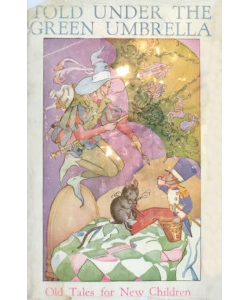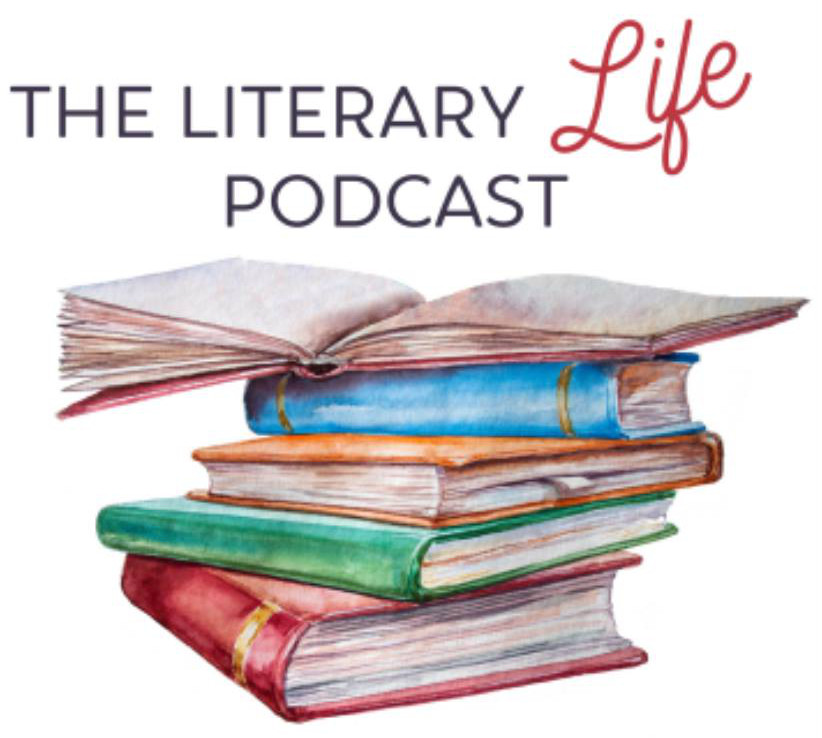Told Under the Green Umbrella: Old Stories for New Children

Selected by the:
Literature Committee of the International Kindergarten Union
Illustrator:
Grace Gilkison
Publication:
1930 by The Macmillan Company
Genre:
Anthology, Bible Stories, Fairy Tales, Fiction, Folk Tales, Historic Tales and Legends
Series:
Umbrella Books
Pages:
188
Current state:
This book has been evaluated and information added. It has not been read and content considerations may not be complete.
Book Guide
Search for this book used on:
The first collection of stories sponsored by the Association for Childhood Education (formerly I.K.U.) now in its eighth printing. The best versions of small children's favorite folk tales, fairy tales and legends. For reading aloud in nursery, kindergarten and first grade.
Alice Dagliesh said in The Saturday Review: "Fills a place in school and home libraries; a decided contribution; should do something towards raising the standards of storytelling. This grouping of favorites in a single volume, makes them easily accessible. Many story-tellers do not take the time to consult original sources, and use sloppy second- or third-hand versions of these classic tales. For example, Sleeping Beauty is a story of which a strange patchwork can be made; here we have it simply and effectively told by Gudrun Thorne-Thomsen."
The Detroit Free Press says: "Grace Gilkison has drawn exactly the type of sprightly, detailed pictures one would desire to illustrate these "old tales for new children."
From the dust jacket of the eighth printing
To view an example page please sign in.
Resource Guide
Episode 70: Why Read Fairy Tales?
Released in 2020 by The Literary Life
Available formats: Streaming Audio
Length: 1 hr. 29 min.
View on the The Literary Life site
"Angelina Stanford and Cindy Rollins tackle the topic of fairy stories, discussing the what, why and how of reading them. Angelina shares the distinctive characteristics of fairy stories in contrast to other types of stories, such as myths. They deal with the question of whether fairy tales are 'escapist', the influence of the Grimm brothers scholarly work on interpreting fairy stories, and allowing the story to unveil its deeper truths without forcing meaning onto it.
Angelina gives an illustration of how to see the gospel messages in fairy tales by talking us through the story of Sleeping Beauty. She refutes the ideas that fairy tales are about human romance or are misogynistic. She also highlights some of the Enlightenment and Puritan responses to fairy tales that still linger with us today. Cindy and Angelina also discuss some common concerns such as the magical, weird, or scary aspects of fairy tales. Angelina also makes a distinction between folk tales, literary fairy tales, and cautionary tales."
Find This Book
Search for this book used on:



